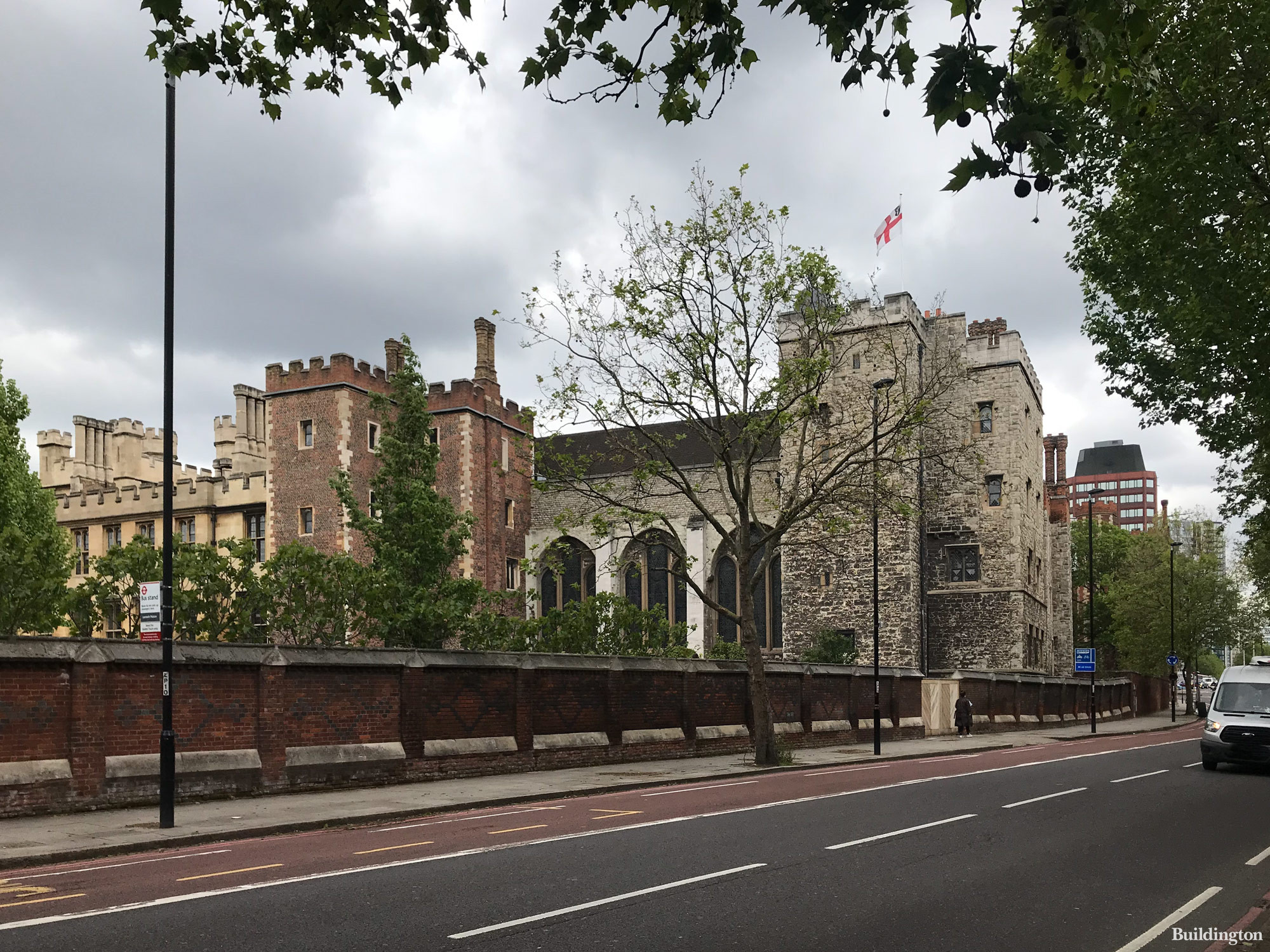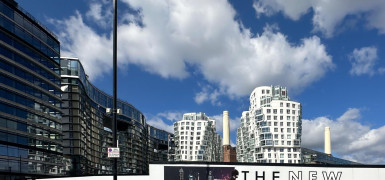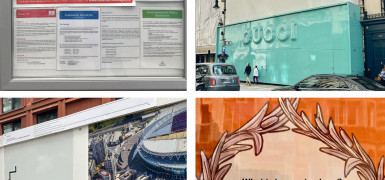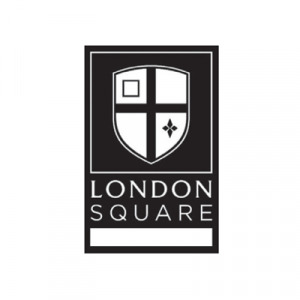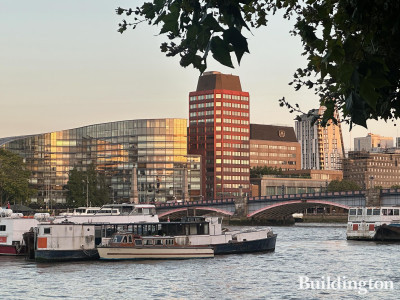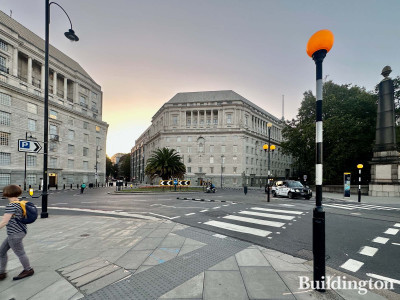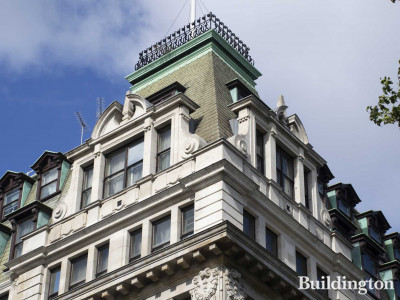Lambeth Palace
Key Details
Overview
Lambeth Palace (or as it was originally called the Manor of Lambeth or Lambeth House) has been the London residence of the Archbishop of Canterbury for nearly eight hundred years.
The south bank of the Thames was an attractive choice for the location of an Archbishop's Palace, with its proximity to Westminster and the Royal Court.
Stephen Langton is thought to have been the first Archbishop to live at Lambeth in the thirteenth century. Prior to this it was traditional for the Archbishop to live in Canterbury.
Langton's Chapel, and below it the Crypt, form the oldest part of Lambeth Palace today. All of the other buildings that exist within the Palace grounds have been added, expanded and altered over the centuries to suit changes in fashion and purpose.
While the Archbishop's residence at Lambeth had a great entrance from the 1320's, the imposing gateway - Morton's Tower - that can be seen today was not built until 1490. Morton's Tower is still used as the main entrance into Lambeth Palace although this, the Guard Room, the Chapel and Crypt are the only sections of Lambeth Palace that have survived from this time.
The Great Hall at Lambeth Palace currently houses much of the Lambeth Palace Library. It has been built and re-built many times over the centuries, not least as a result of damage during the English Civil War and the London blitz.
Following the appointment of Archbishop Howley in 1828, famous architect of the day Edward Blore was invited to survey the collection of buildings that made up Lambeth Palace at that time. The effects of the Civil War and the subsequent patch-up building repairs and renovations that followed were still quite visible during the early 19th century. Blore proceeded to give a fairly devastating account of the Palace's condition. He described it as 'miserably deficient as the residence of so distinguished a person as the Archbishop of Canterbury'. Blore went on to build the residential wing, which was completed in 1833. This building now forms much of the Palace that functions today. 'The Blore Building', as it came to be known was built in Bath Stone to a gothic revival style. Blore also took great care to restore the Guard Room while connecting it to the rest of his building. The 14th Century roof of the Guard Room was suspended on stilts whilst Blore constructed a system for replacing and reconnecting the walls. Some of the surrounding buildings were preserved and arrangements were made for these rooms and the Great Hall to house the Palace Library.
Following the Second World War Archbishop Fisher commissioned massive restoration work on the Palace. The Chapel and Lollards Tower were gutted by the direct hit of an incendiary bomb on the 10th May 1941. As a result the roof and windows were replaced in the Chapel, whilst the ceilings in the Post Room and Lollards Tower were reinforced with brick and timber.
The new plain white ceiling of the Chapel was not re-painted until the 1980s and much of the restoration work took the remainder of the 20th century to complete.
The Atrium was built in the year 2000. This glass-roofed room is the most recent addition to be made to Lambeth Palace; however its awarding winning contemporary style was specially designed to sit sympathetically within its 13th and 19th century surroundings.
Today Lambeth Palace continues to be the London home of the Archbishop of Canterbury and his family. A series of offices at the Palace form the working centre of the Archbishop's national and international ministry. The Palace Library remains a place of academic study while many of the beautiful rooms have retained their original function as spaces for hospitality. The Chapel and the Crypt Chapel are used daily for worship and prayer by the Archbishop and the Sisters at Lambeth.
Source: archbishopofcanterbury.org

Site & Location

Team
News from the companies
Nearby new developments
Disclaimer
Information on this page is for guidance only and remains subject to change. Buildington does not sell or let this property. For more information about this property please register your interest on the original website or get in touch with the Connected Companies.
